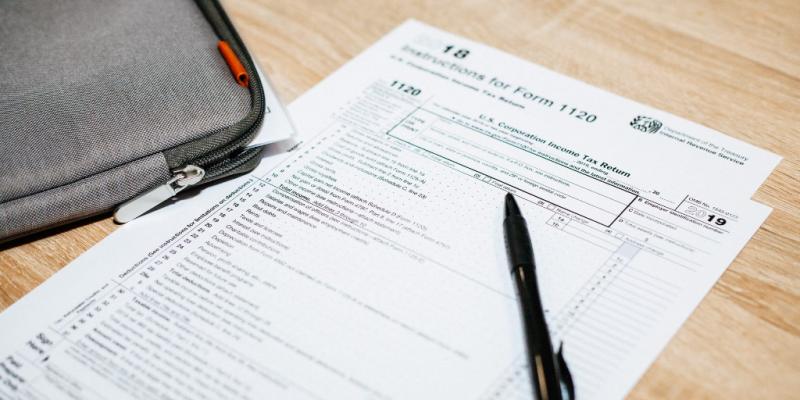How Can You Claim Compensation for Pain and Suffering After an Injury?
In Washington, D.C., personal injury cases encompass a wide range of incidents, from automobile accidents to slips and falls. The median compensatory award in the District is $14,000, notably lower than the national average of $45,753. However, it's important to note that Washington, D.C., does not impose caps on pain and suffering damages, allowing victims to pursue full compensation for their non-economic losses.
Engaging a skilled DC personal injury lawyer is crucial when seeking compensation for pain and suffering. These legal professionals can effectively navigate the complexities of personal injury claims, ensuring that victims receive fair compensation for their injuries. By presenting compelling evidence and advocating on behalf of their clients, attorneys play a vital role in securing just outcomes for those affected by personal injuries.
Understanding Pain and Suffering
Pain and suffering are damages that include physical and emotional suffering and/or distress caused by an injury. Physical pain can be anything from minor to serious or chronic. Emotional pain accounts for anxiety, depression, and post-traumatic stress, to name a few. Both are important to recognize, especially when pursuing compensation; they play a significant role in the overall quality of life.
Criteria for Being Compensated
Many factors determine eligibility for compensation. As a rule, the injury should be due to someone else's negligence or intentional misdeed. Furthermore, there must be concrete evidence of pain and suffering. Supportive documentation from healthcare providers and therapists is often crucial in substantiating claims. Some of these situations may also require legal advice to help guide a person through the process and ensure nothing is left unaccounted for.
How to Calculate Pain and Suffering Damages
Non-economic damages such as pain and suffering are compensation components, and their calculation is not always cut and dry. Essentially, you will use two main approaches: the multiplier method and the per diem method. The multiplier method requires multiplying actual damages, like medical bills, by a number representing the severity of pain and suffering. In contrast, the per diem method gives a daily dollar amount to the suffering and multiplies that by the number of days a person suffers until they recover.
Evidence Collection for a Claim
Your compensation claim is only as good as the evidence validating it. Medical records provide a history of physical injuries and medical treatment received. Psychological evaluations can support emotional distress claims. Witness accounts may assist in proving how the injury has affected your daily life. A thorough evidence collection fortifies a claim and helps paint a picture of the pain and suffering endured.
Legal Help and Representation
Doing all this without the assistance of a legal professional can be daunting, especially without guidance on the legal side of things. Personal injury attorneys have a way to help you. They guide you to file claims, negotiate with insurance companies, and represent you in court if needed. The expertise of such experienced minds ensures effective handling of the process, which can lead to a successful resolution.
How Do You File a Claim and Get a Settlement?
Making a claim means presenting thorough paperwork to the insurance company or legal representatives of the at-fault party. The submission of the Request for Authorization (RFA) marks the beginning of settlement negotiations. Since insurance companies generally try to limit payments as much as possible. Hence, being prepared with adequate documentation is crucial. An attorney can even the odds and help ensure a person does not accept an inadequate or unfair settlement.
Decoding the Statutes of Limitations
One crucial point to remember when pursuing compensation claims is that they are almost always subject to time limitations. In every jurisdiction, statutes of limitations dictate the number of years a person has to file a claim after an injury. You will forfeit your right to compensation if you do not follow these timeframes. It is essential to be aware of such limitations to act promptly and avoid complications.
Finding Emotional Stability
Obstacles are part of personal injury cases, but emotional support still matters when seeking compensation. Therapy or counseling can help you recover; they can be a source of strength in the legal process. Help from family, friends, and support groups is vital for emotional healing. Balancing justice and self-care provides much-needed relief in such cases and facilitates recovery.
Conclusion
Receiving compensation for pain and suffering in personal injury cases involves following a comprehensive legal process. It requires research, evidence, and professional legal assistance. Considering both physical and emotional factors helps create a strong compensation case. Although the process can be stressful, the right support and information can help ensure a fair outcome. Through persistence and proper direction, those affected can face these difficulties and obtain the compensation they deserve.
More to Read:
Previous Posts:







